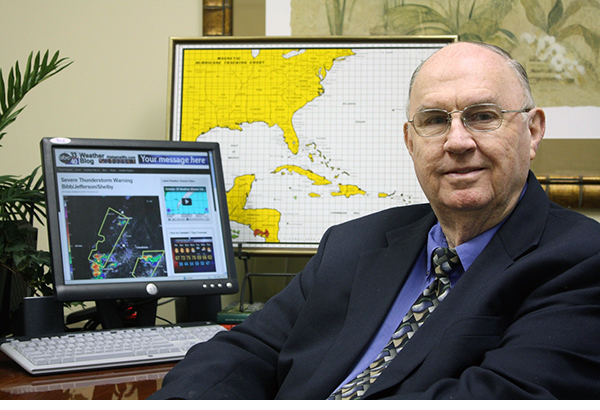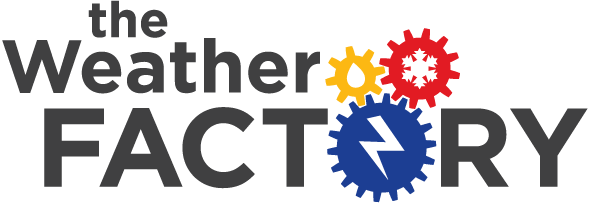Behind the Scenes with the Hurricane Hunters (Part 2)
Yesterday we talked about the double duty role of the Loadmaster in a Hurricane Hunter mission crew. Today, we look at the other four members of a crew.
The Navigator: The job of the Navigator is to make it possible for the Pilot to concentrate on flying the plane. The Navigator takes the mission requirements and completes the flight plan. As the mission unfolds, the Navigator constantly monitors the radar to make sure the flight stays away from weather that could endanger the crew and plane. He or she coordinates with the Aerial Reconnaissance Weather Officer to put the plane in the best position for gathering the best weather information. Another job is to keep the plane out of any restricted airspace and to ensure that the plane has enough fuel to get to a safe landing spot.
The Pilots: The job of the Pilot and Co-Pilot is to safely fly the aircraft into the best positions for gathering critical weather data.
The Aerial Reconnaissance Weather Officer: This is the Quarterback of the mission. The flight meteorologist’s job is to determine the best spots to find that critical weather information. The ARWO coordinates between the Pilot and the other crewmembers to make that happen. The ARWO coordinates with the Weather Reconnaissance Loadmaster to determine the spots where dropsondes are launched, usually on inside the eyewall on the way into a penetration, one in the eye and one as they exit the eye in the opposite eyewall. The ARWO is responsible for observing and monitoring weather information, as well as transmitting it to the National Hurricane Center.
The five individuals on Hurricane Hunter aircrews provide an invaluable service.
Follow my weather history tweets on Twitter. I am @wxhistorian at Twitter.com
Category: Pre-November 2010 Posts















